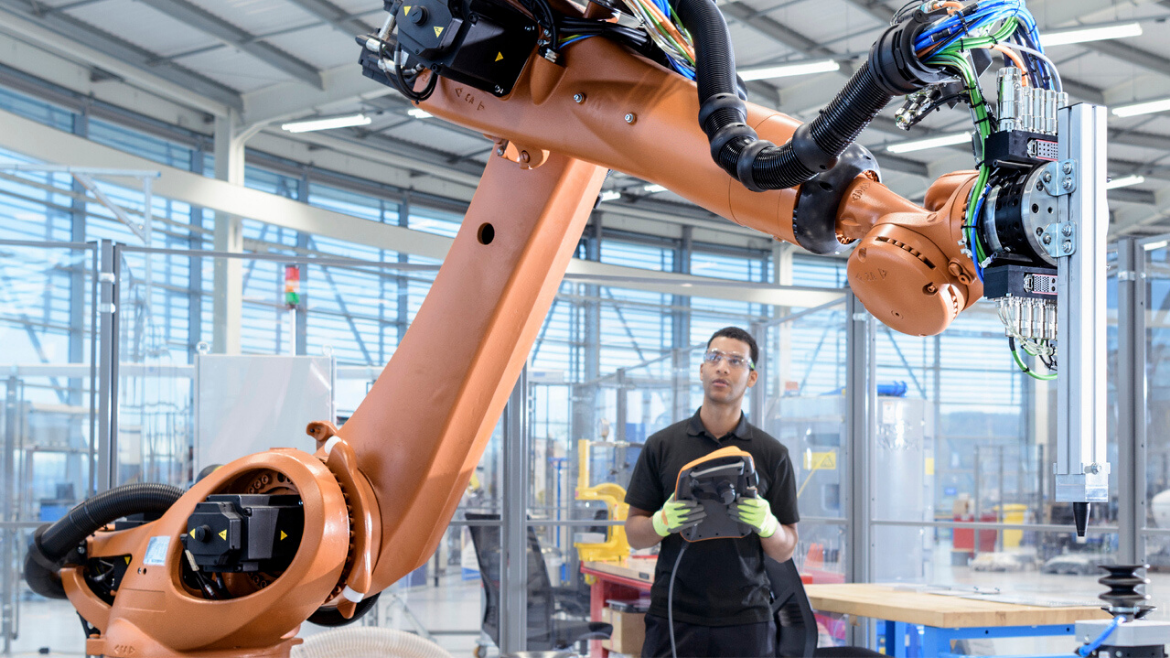To examine the opportunities and challenges this convergence presents, and to understand the role of technology executives in leading the organisational transformation required to capitalise on it, The Economist Intelligence Unit interviewed executives from three manufacturers pursuing digital transformation:
- Juha Pankakoski, executive vice president of technology, Konecranes
- Andrea Roero, chief information officer, Celli Group
- Michael Johnson, EMEA chief information officer, Bridgestone
We also interviewed Ryan Martin, principal analyst at ABI Research, and thank all our interviewees for their time and contribution.
This report presents insights and findings from the interviews. Key findings include:
- The merging of operational technology (OT) and information technology (IT) is one of the main roadblocks to transformation. These two domains have traditionally been managed and led separately, but the opportunities presented by digitisation require concerted effort. Engineering teams may be able adopt IT without the IT department’s involvement but this presents risks, so IT must position itself to offer guidance and input.
- Advanced analytics capabilities are increasingly pivotal. All three executives interviewed for this report are bolstering their analytics capabilities in order to extract greater value from the data collected over the course of the manufacturing process. The added value typically derives from improving efficiency and maintenance, but some companies are increasing customer value too.
- Digital transformation in manufacturing requires IT leaders to play many roles. These include security advocates, radars for emerging technologies and catalysts for agile innovation. A crucial development is that IT leadership no longer has a monopoly on ITrelated decisions. This means their approach to driving change must be more ‘collaborate and advise’ than ‘command and control’.
Introduction
Manufacturing has a long history of transformation driven by wave after wave of technology innovation. But incorporating today’s emerging technologies may prove to be the sector’s toughest transition to date.
These technologies, which include advanced analytics, artificial intelligence (AI), additive manufacturing, augmented and virtual reality and digital prototyping, offer opportunities to become more agile, more efficient and to create more value for customers.
But there are signs that manufacturers are dragging their feet. Digitisation across the sector has so far been patchy according to a 2018 report from PwC. In a survey of manufacturers, it found that two-thirds have only just started—or not yet embarked upon—digital transformation.
The study reveals that just 5% of manufacturers in Europe, the Middle East and Africa are “digital champions”; the companies best-placed to benefit from Industry 4.0. This compares to 11% in the Americas and 19% in Asia-Pacific.
One roadblock is the convergence of OT, which controls the machines on the factory floor, with IT, which collects and analyses the data needed for decision-making. Ryan Martin, principal analyst at ABI Research, explains how, until recently, OT and IT co-existed as distinct areas of responsibility. “But with increased collection and analysis of data from previously unconnected plant-floor machinery, and more pervasive use of digital technologies at the operational level, the lines between the two are blurring fast,” he says.
The importance of data in this amalgamation means chief information officers (CIOs) and their teams have an pivotal role to play. In fact, the three executives interviewed for this report describe not one new role for IT leadership but many. Many of these roles depend on the ability of IT executives to steer technology strategy not through direct control but through influence and guidance to peers. Those who adapt to this style of leadership have greater opportunity to elevate IT’s contribution to the manufacturing sector.





